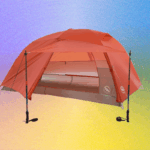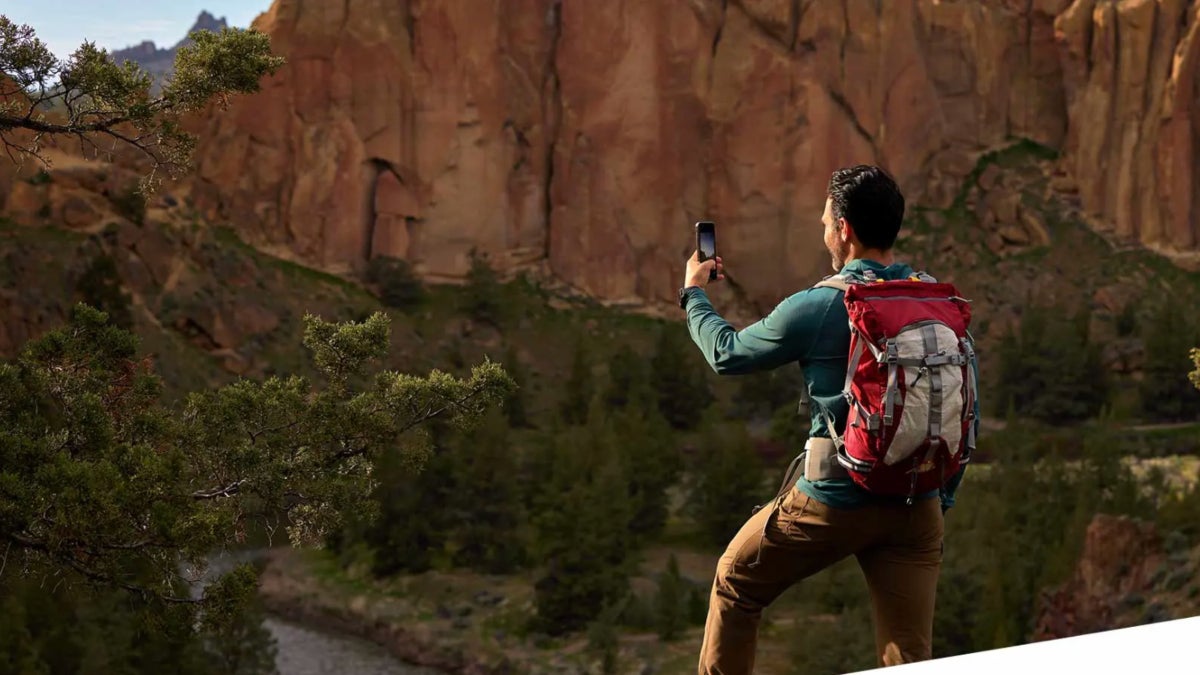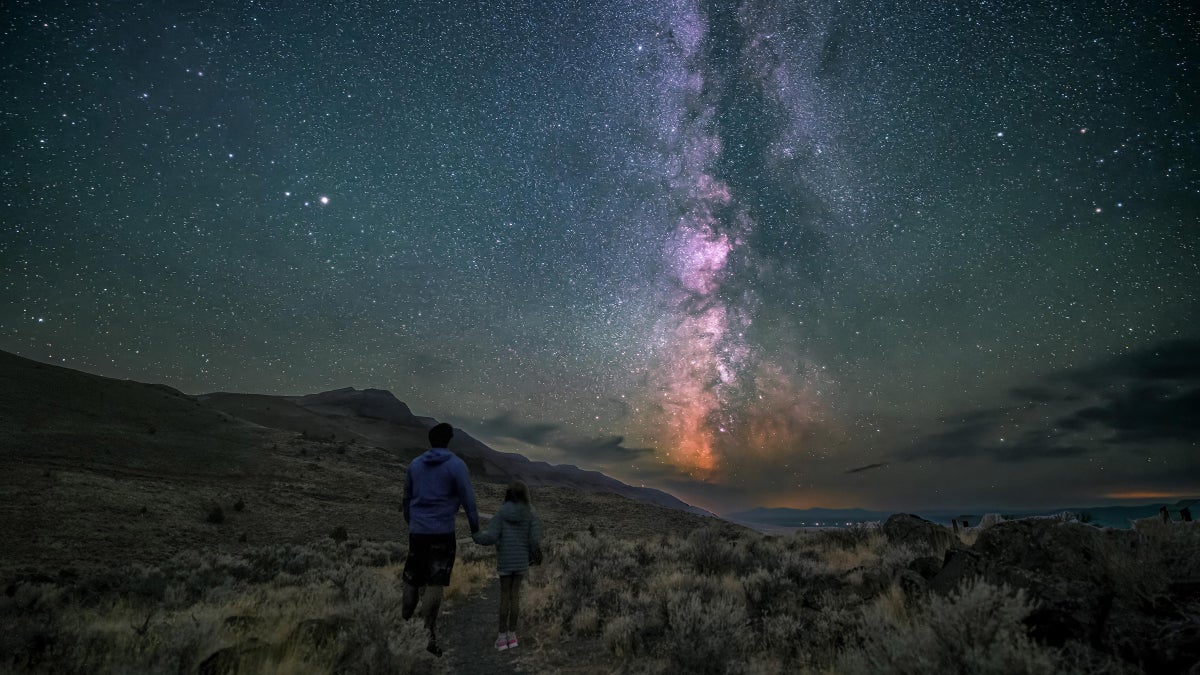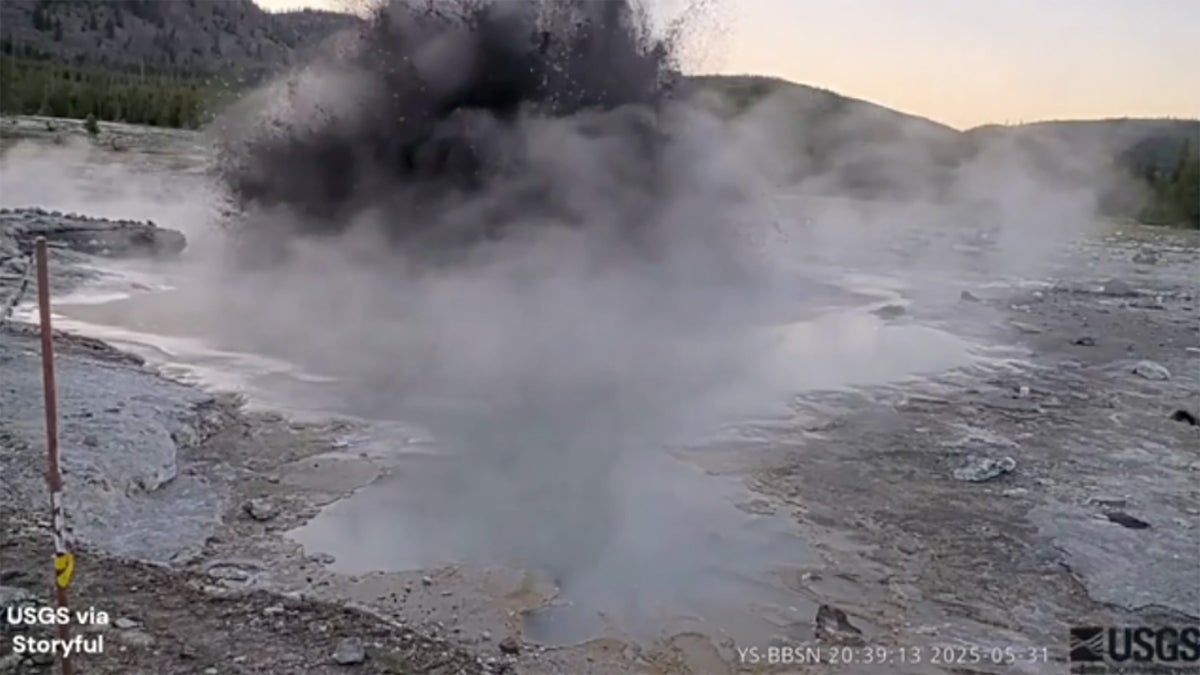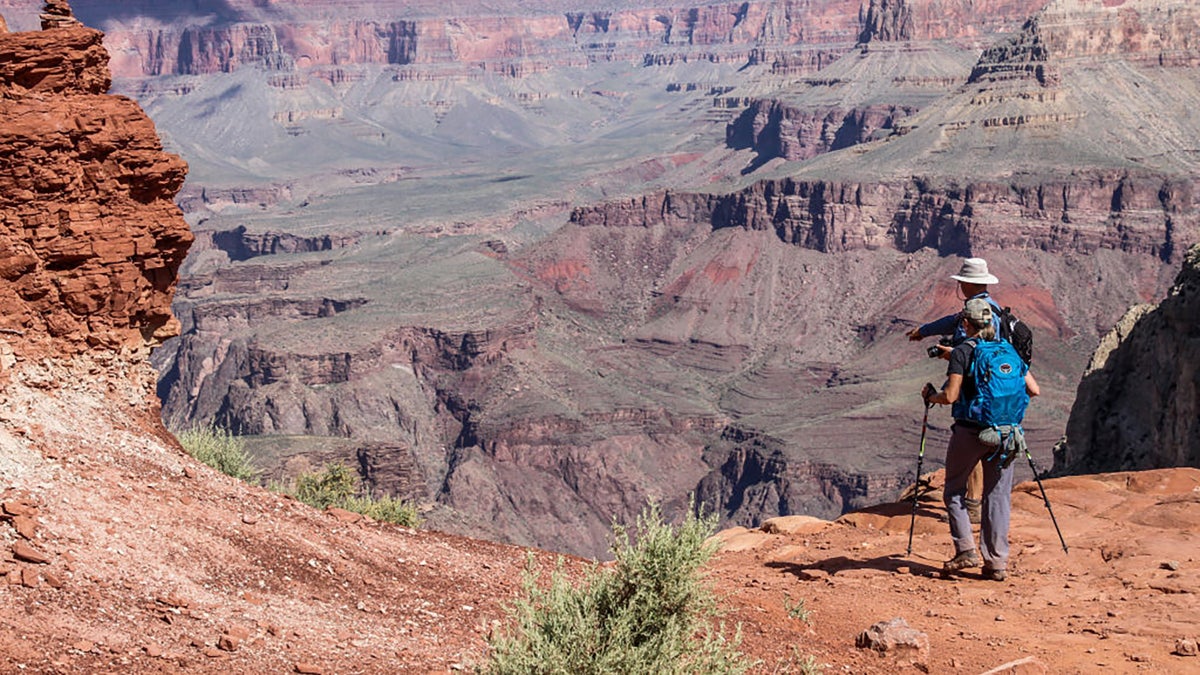
If the Grand Canyon National Park rescue helicopter doesn’t have a frequent flyer program, it should now.
During a seven-day stretch in late May, lifesaving personnel flew into the canyon aboard a helicopter 13 different times to perform lifesaving missions. The incidents they responded to ranged from a hiker with a lower leg injury at mile 35 of the Colorado River, to a person suffering from heat-related illness on one of the canyon’s main corridor trails.
According to Meghan Smith, the park’s preventive search and rescue supervisor, medical evacuations by helicopter are typical in the Grand Canyon during the busy summer tourist season, and in some stretches the SAR team can average between one and two a day.
But 13 in seven days is on the high end, and Smith believes there’s a reason for the uptick: construction on the Grand Canyon’s Transcanyon water pipeline.
“Construction on our pipeline has closed key sections of main trails that people would otherwise use as routes in and out of the canyon,” Smith told Outside. “And it’s rerouting people into areas they don’t normally go, which is causing problems for us.”
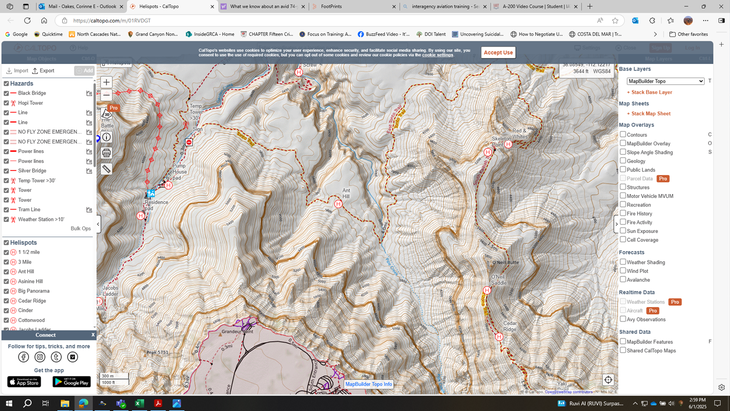
Built in the sixties, the Transcanyon Waterline stretches 12.5 miles across the canyon and delivers drinking water from a spring on the North Rim to the hotels, visitor centers, and lodges on the South Rim. But the pipeline regularly breaks or requires maintenance, and since 2010 it has required approximately 85 different repairs.
In 2023 crews began a four-year, $200 million construction project to replace the pipe, and in the fall of 2024 that project shuttered several of the park’s most popular trails. The closure includes the River Trail, an essential link on the canyon floor that connects the Bright Angel Trail to both the North and South Kaibab trails. The River Trail is slated to reopen in October of 2025.
Hikers must now follow a detour onto the Tonto Trail, which is longer and more treacherous than the normal route.
“It adds another 4.5 miles of distance on a trail with no shade and no water, where temperatures regularly exceed 110 degrees Fahrenheit,” said Smith. “Others are skipping the detour and simply sticking to the South Kaibab, which is extremely strenuous and also lacks shade and water.”
According to Smith, the majority of the recent helicopter rescues involved hikers who underestimated the added difficulty of the detour and then suffered symptoms of exhaustion, heat illness, or dehydration.
An alert posted to the Grand Canyon National Park website June 3 states, “Hikers should be prepared with adequate water, sun protection, and a realistic assessment of their physical abilities. Attempting these routes during the heat of the day (10 A.M. to 4 P.M.) is strongly discouraged.”
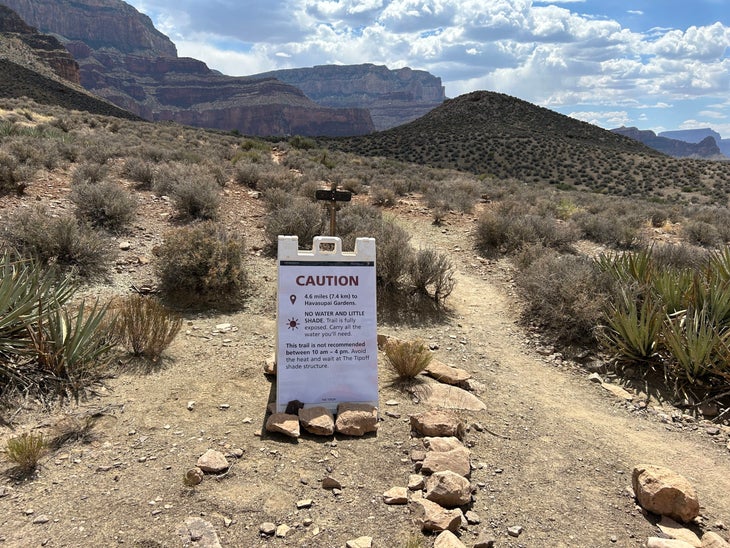
It also states “These detour routes are not recommended in the extreme heat of the summer.”
Smith said that performing rescues along the detour also poses dangers for Grand Canyon SAR personnel. Hikers along the detour are difficult to reach, especially after dark when the park helicopter is not available.
During medevac incidents on May 29, 30, and 31, respectively, the SAR team had to reach hikers in remote areas where a helicopter could not safely land. In each incident, Grand Canyon SAR members performed a dangerous maneuver known as a “hover exit,” which involves jumping out of the helicopter as it hovers several feet above the ground.
In each rescue, SAR personnel then loaded the patients into a metal litter connected to the helicopter via a rope—a technique known as “short-hauling.” The helicopter then took off with the litter dangling beneath and flew the hikers to safety.
“The risk in all three of these rescues was incredibly high,” Smith told Outside. “One little thing goes wrong and everybody on scene is going to die.”
Smith encourages anyone planning to hike into the Grand Canyon this summer to be extremely cautious about heat, to stay off the trails between 10 A.M. and 4 P.M., and to bring enough water. Hikers should prepare to travel in the dark with a good headlamps and extra batteries, she added.
“People constantly underestimate the difficulty of our trails and the extent of the heat,” Smith said. “When it’s 90 degrees Fahrenheit at the rim, it can be 120 degrees at Phantom Ranch at the bottom. The hike down doesn’t feel so bad. But the hike back up is a different story.”
Smith suggests all hikers, even those embarking on short adventures, leave a time buffer for delays and logistical complications. “That way, people aren’t feeling pressured to push ahead in exposed areas during the hottest part of the day, which is the exact recipe for making themselves heat sick,” she said.
Also, hikers shouldn’t rely on a helicopter rescue. Smith told Outside that rescue is never guaranteed. “Staff are triaging often multiple calls at one time and have to respond to those most in need,” she said.
She added, “We have also suffered a high number of visitors demanding rescue or being rude to dispatchers or command personnel who are trying to help, but not in the way or time frame those in need would like.”
The current trail closures are posted on the park’s website. Seven temporary signs are also in place at key points on the trails, notifying hikers of detours and advising on heat, shade, and water availability. Guests who have concerns about their itinerary should stop in the Backcountry Information Center in the Grand Canyon village, or speak a ranger along their hike.
The post 13 Hikers Needed to be Rescued in the Grand Canyon in One Week. Here’s Why. appeared first on Outside Online.







